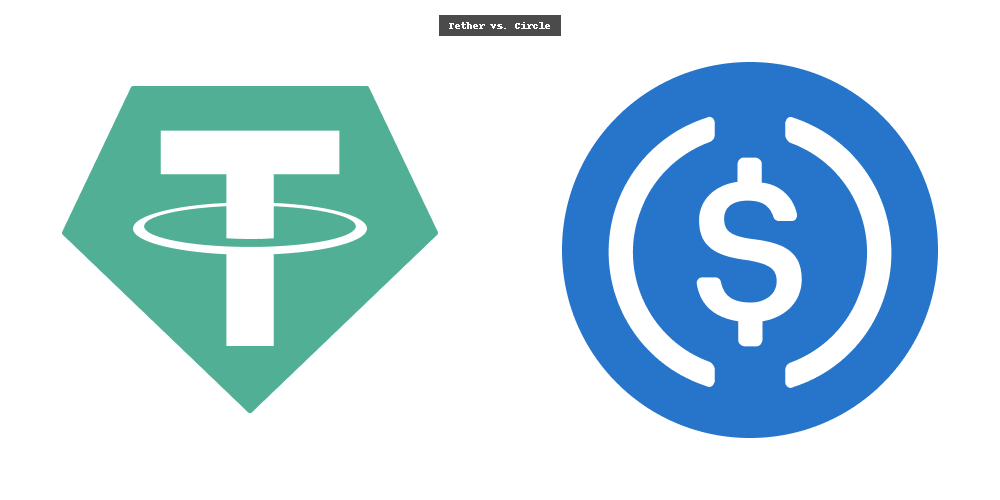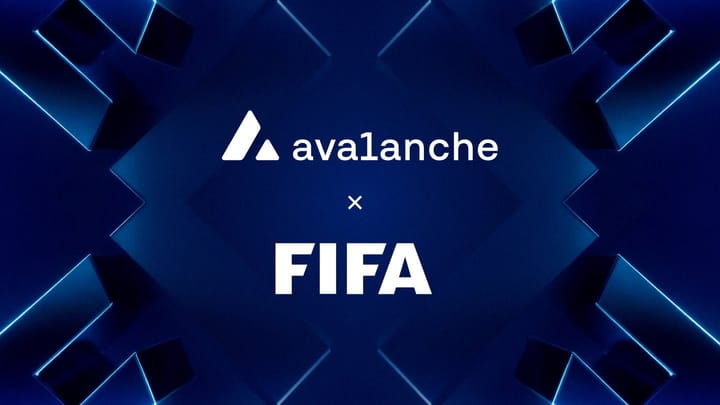Liquid Harmony: Uniting DeFi Through Mitosis’s Innovative Liquidity Ecosystem

In decentralized finance (DeFi), liquidity fragmentation is a nagging issue that makes smooth transactions and effective asset use quite tricky. You see, assets tend to be spread out across various blockchains, which creates inefficiencies that can really frustrate users and restrict the flow of capital. This fragmentation often results in higher transaction fees and slower execution times, which can ultimately dampen the overall user experience. If you're curious about the foundation of Mitosis, be sure to check out the Mitosis Whitepaper. Given these challenges, could a unified approach to liquidity actually revolutionize DeFi? We will find out the answer to this question in the paragraphs below.
Could Ecosystem-Owned Liquidity (EOL) Provide a Unified Solution?
Ecosystem-Owned Liquidity (EOL) is shaping up to be an exciting way to tackle fragmentation by allowing the community to take charge of liquidity together. Rather than depending on separate pools run by individual providers, EOL makes sure that liquidity is owned and managed by the whole ecosystem. This community-focused approach aligns everyone's interests and encourages sustainable practices in liquidity management. If you're curious to learn more about this idea, check out Mitosis University. Given the potential of EOL, what sets it apart from the traditional liquidity models we’re used to?
What Sets EOL Apart from Traditional Models?
Traditional liquidity models typically rely on outside liquidity providers who pump money into certain pools. This can create instability and lead to short-term incentives that disappear as soon as the rewards start to fade. On the other hand, EOL gives the community the power to hold and manage liquidity, which fosters a more stable, long-term commitment of capital. This method reduces the risks tied to “mercenary” capital that tends to leave quickly and promotes ongoing participation. If you want to dive deeper into this topic, check out the Ecosystem-Owned Liquidity (EOL) documentation. Given these differences, how does Mitosis utilize EOL to improve liquidity management?
How Does Mitosis Integrate EOL into Its Framework?
Mitosis stands out by integrating EOL into a flexible, scalable system that brings together liquidity from various blockchain networks. By turning liquidity positions into dynamic assets called miAssets, Mitosis allows users to easily access, trade, and redeploy liquidity. This approach not only boosts capital efficiency but also enhances cross-chain interoperability. If you want to dive deeper into programmable liquidity, check out the section on Programmable Liquidity. Given this groundbreaking model, what strategies are in place to guarantee secure and efficient interactions across different chains?
How Is Cross-Chain Interoperability Achieved?
To tackle the issues of fragmented liquidity, Mitosis uses modern cross-chain interoperability protocols like Hyperlane. This setup enables assets to transfer smoothly across various blockchain networks while keeping security intact. The outcome is a strong ecosystem where liquidity moves effortlessly, minimizing the reliance on outdated and clunky bridging methods. If you're interested in a deeper dive into cross-chain solutions, check out the Breaking Down the Mitosis x Theo Matrix Campaign. Given this seamless interaction, could programmable assets take liquidity to the next level?
What Role Do Programmable Assets (miAssets) Play?
Programmable liquidity takes the concept of static liquidity positions and turns them into dynamic, tokenized assets known as miAssets. These tokens reflect a user's share of the pooled liquidity and can be used across a variety of DeFi protocols. This kind of flexibility allows for more efficient capital allocation, enabling users to earn yields while still having the option to redeploy their assets as market conditions change. This innovative approach really distinguishes Mitosis from platforms that stick to traditional liquidity models. See https://docs.mitosis.org/docs/learn/what-is-mitosis Given these impressive capabilities, how does security play a role in Mitosis’s overall design?
How Does Mitosis Ensure Robust Security?
While the ability to program liquidity brings a lot of benefits, it also requires strong security measures. Mitosis steps up by incorporating advanced security protocols and teaming up with interoperability frameworks like Hyperlane to protect cross-chain transactions. This strategy helps reduce the chances of exploits and keeps assets safe as they move across different blockchains. These proactive security measures stand in stark contrast to the vulnerabilities we've seen in other projects, like those that faced issues during the Iron Finance collapse. Given these security features, what lessons can we take away from past mistakes in managing liquidity?
What Lessons Can Be Learned from Past Failures?
Historically, a lot of DeFi projects have faced serious setbacks because of poor liquidity management and flawed economic models. Take Iron Finance and the Terra Luna ecosystem, for instance; they went through devastating liquidity crises that resulted in significant financial losses for many. These failures really underscore the need for creating robust and adaptable liquidity frameworks. Mitosis takes these lessons seriously by crafting a system that’s both flexible and secure, aiming for long-term sustainability. Insights from external analyses, like those from CoinDesk and The Block, add valuable context to these lessons. See https://www.sciencedirect.com/science/article/abs/pii/S1544612322005359 Given this backdrop, how does Mitosis weave all these elements together into a unified ecosystem?
How Does Mitosis Combine Innovation with Practical Utility?
Mitosis brings together programmable liquidity, EOL, and cross-chain interoperability into one unified ecosystem that tackles the main challenges in DeFi. By utilizing these integrated solutions, the platform allows users to enjoy better capital efficiency, strong security, and smooth asset transfers. This all-encompassing approach not only opens the door to advanced financial tools for everyone but also raises the bar for liquidity management in decentralized finance. If you want to learn more about the bigger picture, check out the Mitosis Official Website. Considering this thorough integration, how do you think these innovations will influence DeFi's future?
What Is the Future of DeFi with Mitosis?
Looking ahead, the innovations brought forth by Mitosis—like programmable liquidity and community-owned liquidity models could really shake up the DeFi space. By tackling issues like fragmentation, boosting security, and empowering users through education at Mitosis University, Mitosis is setting the stage for a more robust and inclusive ecosystem. As developers and users adopt these modern solutions, we might just enter a new era where liquidity is plentiful and managed efficiently and securely. With these advancements in mind, what do you think will be the key drivers of the next wave of DeFi innovation?
In conclusion, Mitosis shines as a true game-changer in the world of decentralized finance. It brings a fresh perspective to liquidity management, tackling issues like fragmentation, boosting security, and making advanced financial strategies accessible to everyone. With its Ecosystem-Owned Liquidity, programmable liquidity via miAssets, and robust cross-chain interoperability, Mitosis effectively addresses many of the key challenges that earlier DeFi projects faced.
But how can we take these groundbreaking models even further to support a wider array of applications? What new features might pop up as the DeFi ecosystem grows and evolves? And how will the collective insights of the community influence the future development of protocols like Mitosis?
These are the important questions we need to dive into together as the DeFi world keeps changing.
🔗Links:



Comments ()